12 Ways To Navigate A New City Without a Guidebook

You don’t need a guidebook to fall in love with a city just curiosity, a few smart tools, and a willingness to get a little lost. Whether you’re strolling side streets, chatting with locals, or simply following where the mood takes you, exploring without a set plan invites magic into the trip. It’s about more than finding your way, it’s about exploring the rhythm of a place and the joy of not knowing exactly what comes next. These 12 simple, romantic strategies help you navigate any city with confidence and maybe stumble into something unforgettable along the way.
Use Offline Google Maps
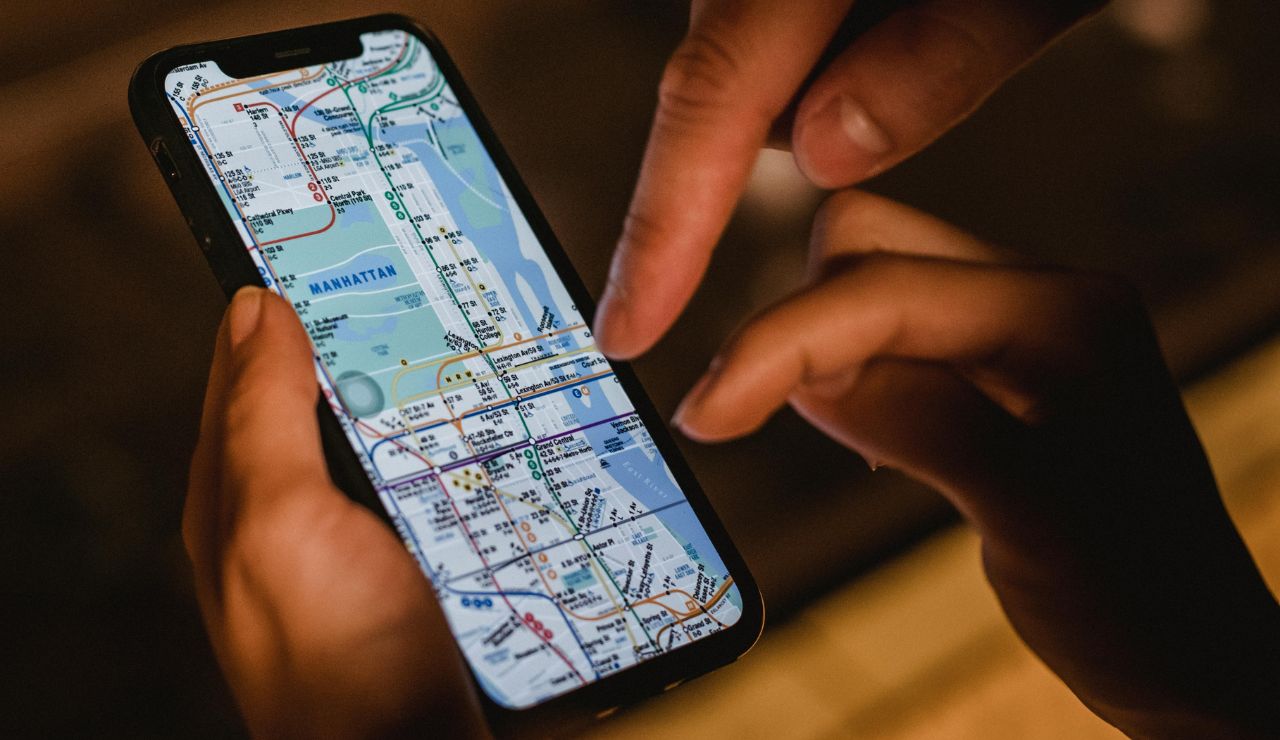
Before you even land, download offline maps in Google Maps for the areas you plan to explore. You’ll still be able to search, navigate, and check public transit routes, no Wi-Fi or roaming needed. It’s the smartest way to stay oriented when you’re unplugged but eager to explore. Whether you’re finding a hidden café or tracing your steps back from a sunset stroll, it turns your phone into a reliable compass without draining your data or your spontaneity.
City Apps

Skip the guidebook and check if your destination has its own city app many do, and they’re packed with insider info. From live transit updates and festival schedules to museum hours and even restaurant wait times, these apps offer real-time tips the books miss. They’re designed for locals, which means you’ll see the city the way they do with better timing, fewer crowds, and smarter routes. Just a quick download can unlock a smoother, more spontaneous adventure.
Talk to Locals
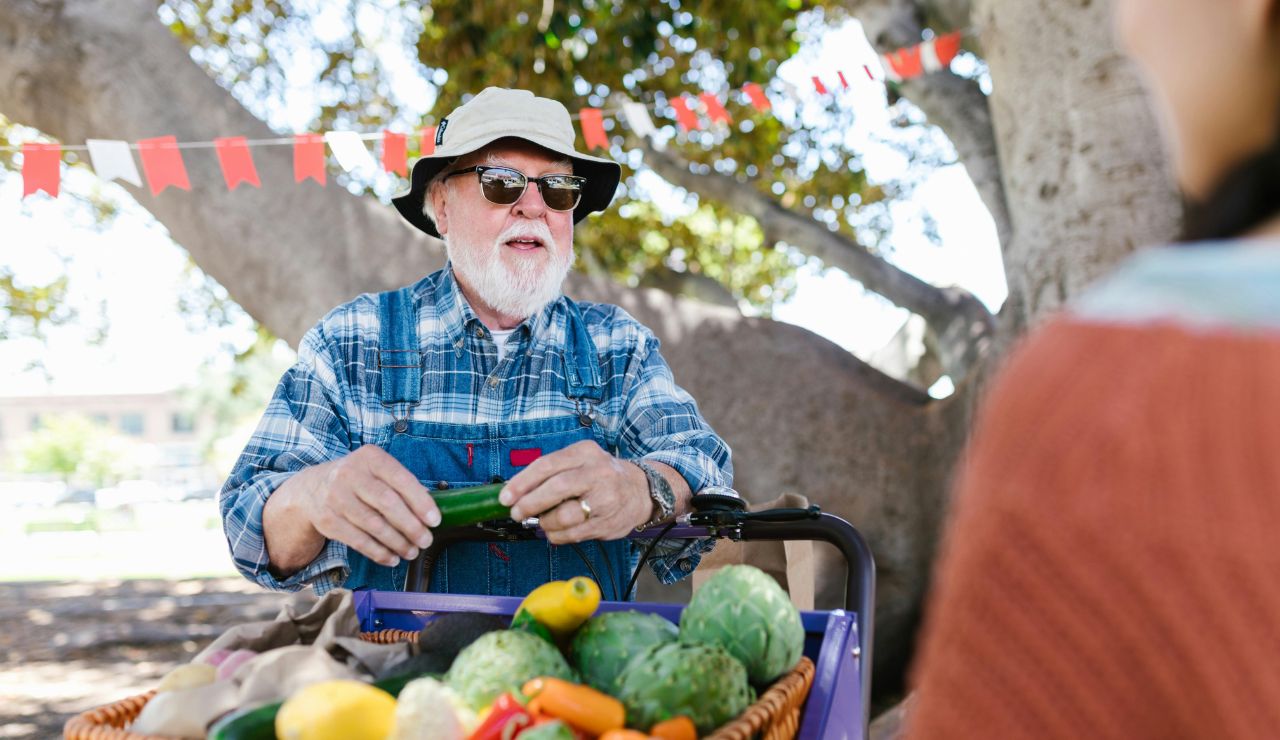
Skip the guidebook chatter and ask a local instead. Whether it’s your barista, a market vendor, or your Airbnb host, most people love sharing their favorite spots, the quiet café, the shortcut through the park, the bakery that opens just before sunrise. Locals know what’s worth your time and what to skip. One honest, human conversation can unlock a side of the city no app ever could and might just lead you to your most memorable meal, view, or moment.
Join a Walking Tour
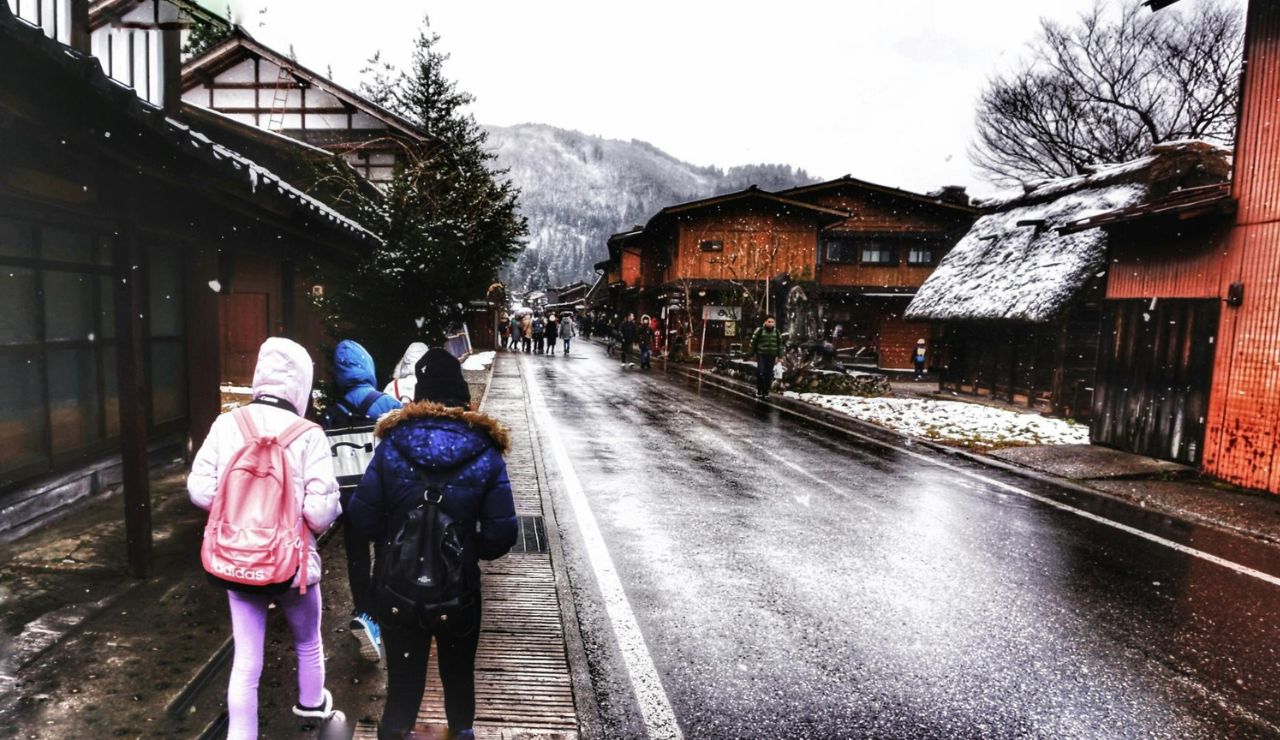
Free walking tours are one of the easiest, most welcoming ways to connect with a new city. In just a couple of hours, you’ll pick up local history, helpful context, and a sense of how the neighborhoods fit together, all from someone who truly knows the streets. It’s more than sightseeing, it’s orientation with heart. Plus, it’s budget-friendly and often leads to great conversations with fellow travelers or guides who’ll happily share personal favorites you won’t find in any guidebook.
Ask for Directions
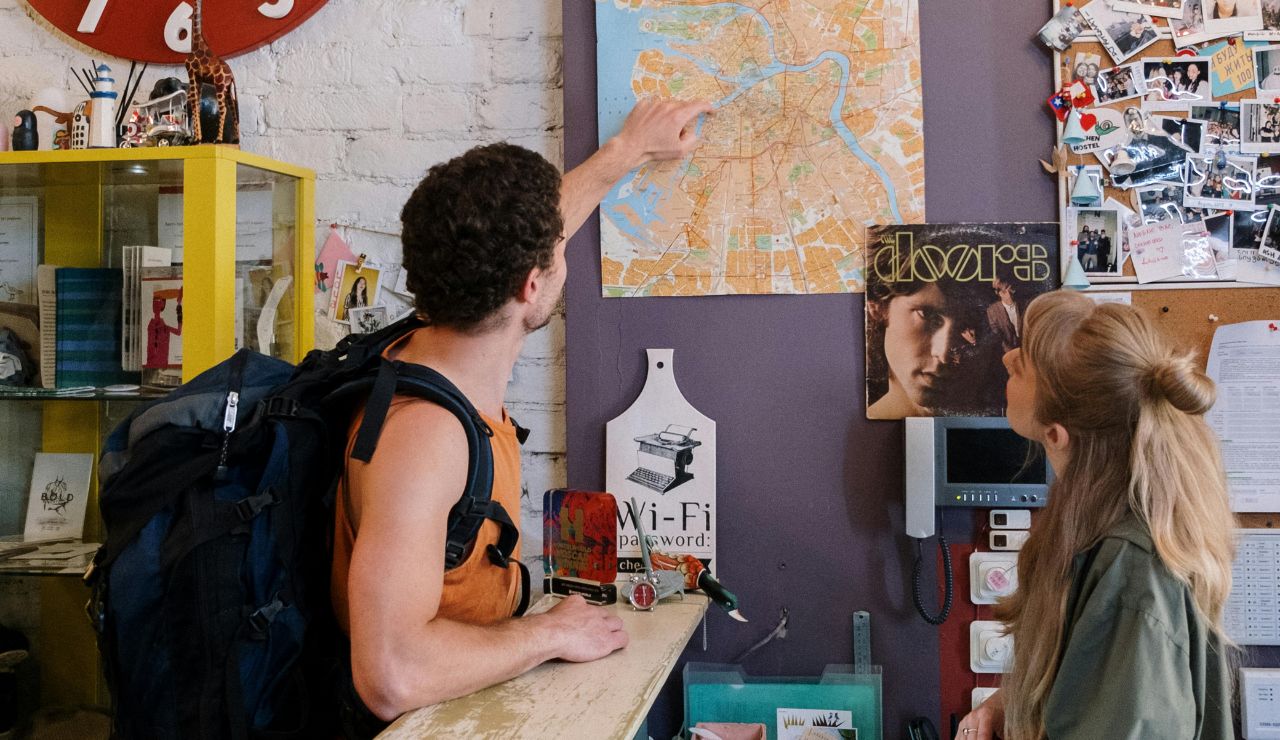
It might seem old-fashioned, but asking for directions is still one of the most human and rewarding ways to navigate. Locals don’t just point you toward your destination, they often share shortcuts, personal stories, or a tucked-away café you’d never find online. It opens the door to connection, not just information. And more often than not, that quick exchange becomes a small but meaningful moment that adds unexpected heart to your trip.
Watch and Learn

Sometimes, the best navigation tool is simply paying attention. Watch how locals move where they cross streets, how they wait for the tram, which alleyways they slip into. Notice the signage, the flow of foot traffic, and the little routines that make a city tick. These subtle cues help you build a mental map far faster than any app. By staying present and observant, you don’t just find your way, you start to understand the local rhythm, and that’s when the city truly begins to feel familiar.
Wander on Foot

Walking is the simplest, most intimate way to connect with a new city. Leave the map behind and let your feet guide you down side streets draped in laundry lines, through hidden courtyards, past cafés you didn’t plan to find. These unscripted strolls often lead to quiet moments, unexpected views, and the kind of local charm no itinerary could predict. When you walk without a set plan, you invite the city to surprise you and that’s when the magic tends to happen.
Ride Public Transit
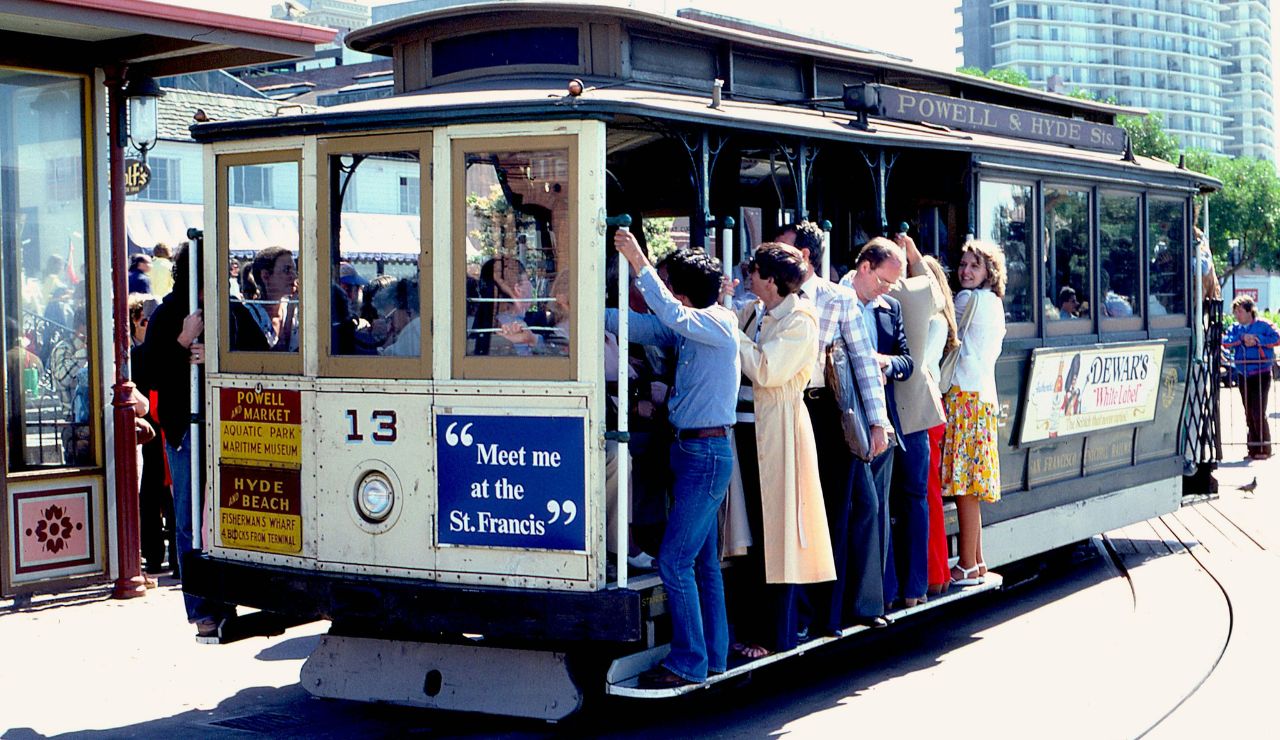
Hop aboard a local tram, metro, or bus and experience the city the way residents do. Public transit reveals the real rhythm of daily life commuters, students, families, all moving through the day together. It’s affordable, efficient, and often takes you to neighborhoods you’d never reach on foot or with a tour group. You’ll see more, spend less, and maybe even stumble into your new favorite spot just by getting off at the next stop.
Explore Local Markets
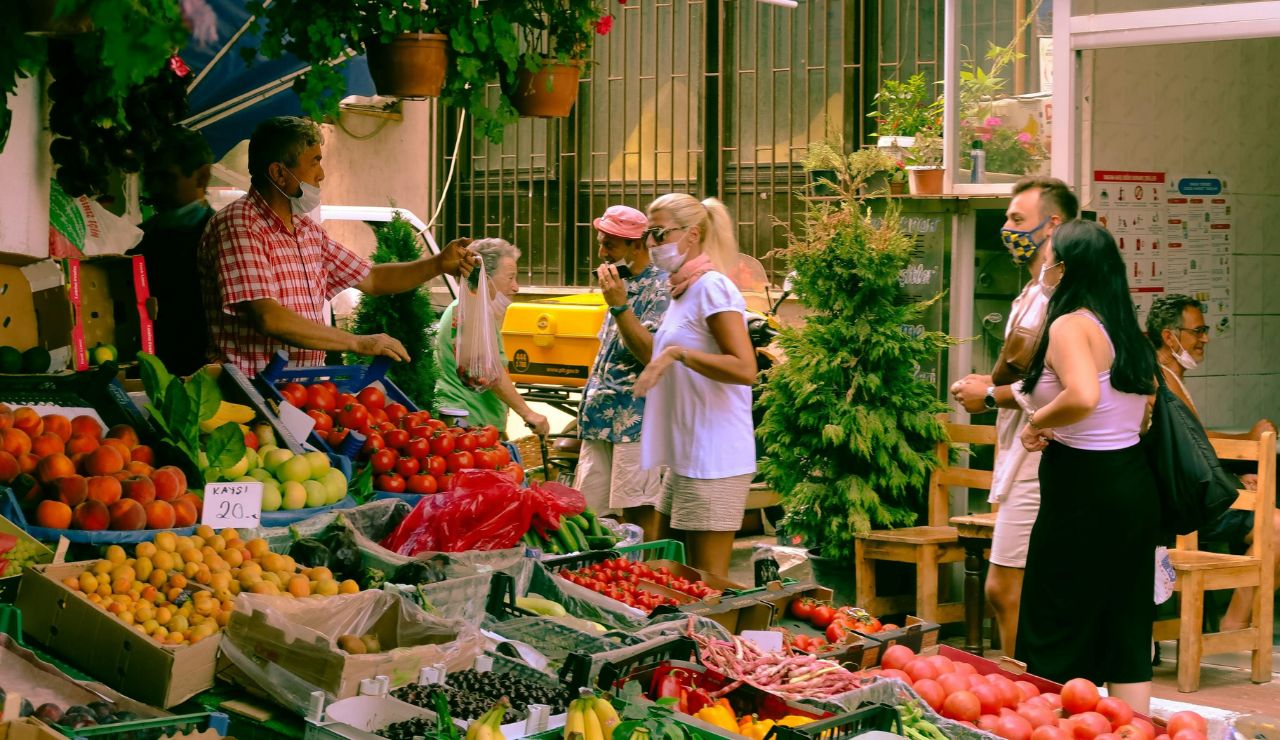
Markets are where a city speaks in scent, color, and conversation. Stroll past stalls of fresh herbs, handmade crafts, and sizzling street food even if you’re not shopping, you’re soaking up the rhythm of local life. Vendors often love to chat, especially if you show interest in what they’re selling. You might walk away with more than just a snack maybe a story, a shortcut, or a heartfelt tip on where to eat next. It’s a delicious, budget-friendly way to feel the heartbeat of a place.
Get a Little Lost

Sometimes the most memorable moments come when you toss the itinerary and let the city lead. Take a wrong turn, follow a scent down an alley, or wander without checking your map. Getting gently lost invites you to notice things you’d otherwise miss, a tucked-away garden, a street musician, a view framed just right. There’s freedom in not knowing exactly where you’re headed, and often, that’s when the city shows you its best side. Let serendipity be part of the trip.
Find a Viewpoint
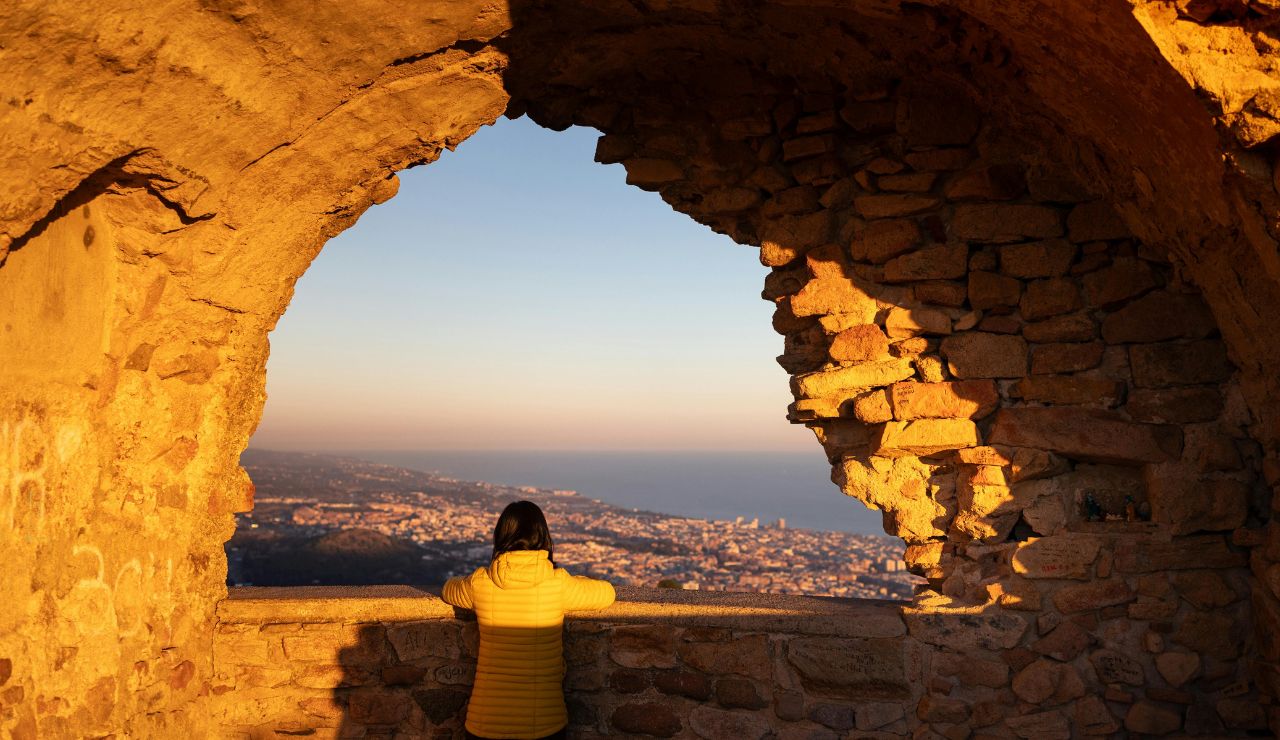
Find your way to a rooftop bar, cathedral tower, or nearby hill and take in the city from above. A panoramic view isn’t just beautiful, it’s grounding. Seeing how neighborhoods, parks, and landmarks connect gives you a clearer sense of direction and scale. It’s a visual map that helps you orient yourself without opening an app. Plus, sharing that wide-open view with someone you love adds a quiet, unforgettable moment to your trip, one that makes the whole city feel a little more yours.
Follow Your Curiosity
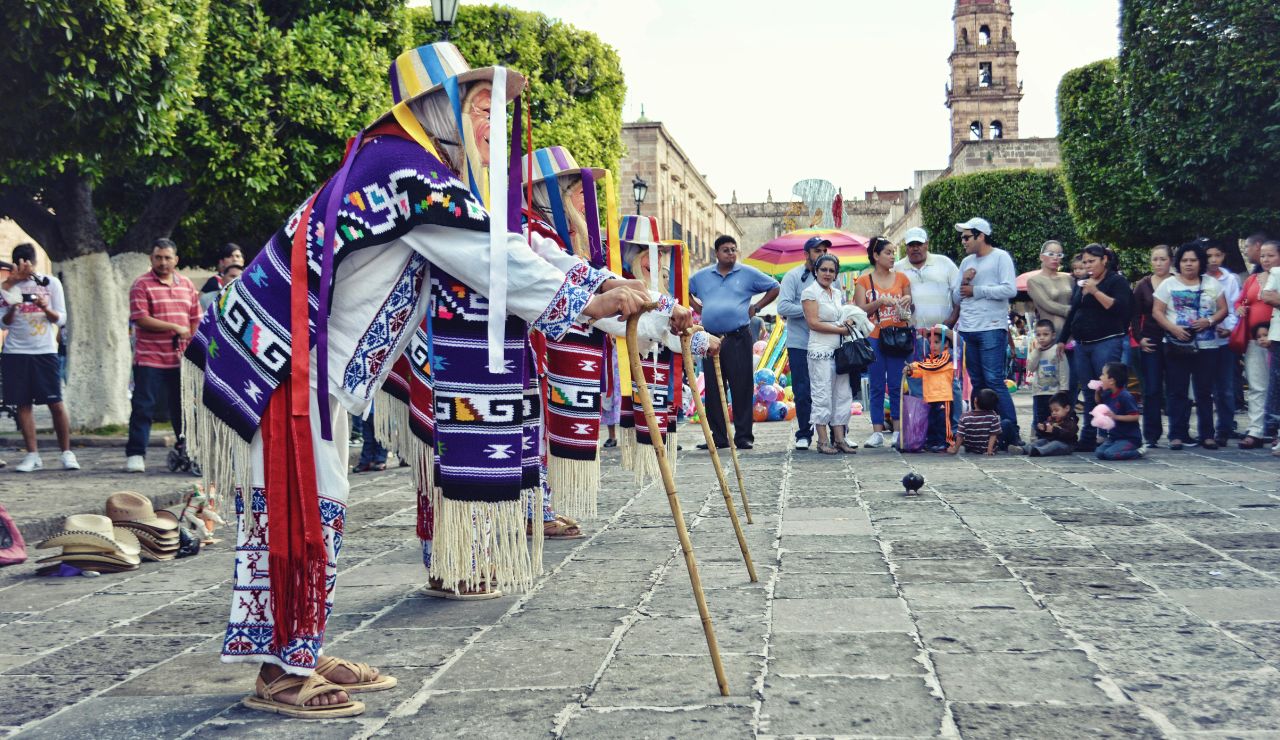
Instead of ticking off a checklist, let your senses guide you. Hear music echoing down a side street? Follow it. Catch the smell of fresh bread on the breeze? Head that way. Some of the best travel moments happen when you abandon the plan and lean into curiosity. Trusting your instincts leads to the kinds of findings no guidebook could predict, a local festival, a hidden bakery, a quiet courtyard full of life. Let’s wonder, not Wi-Fi, show you the way.